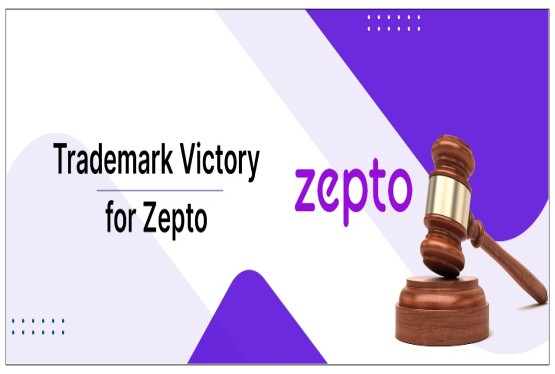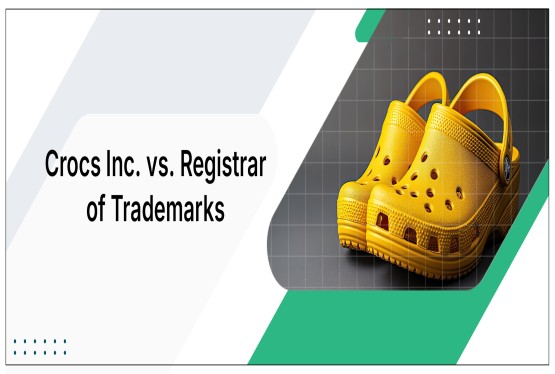The trademark registration process involves various stages that ensure the legal protection of a brand or symbol. Among these stages, two critical terms often confuse applicants: "Marked for Exam" and "Examination Report". Understanding these terms is important for understanding the registration process efficiently.
What Does "Marked for Exam" Means?
When a trademark application is submitted to the Trademark Registry, it undergoes preliminary scrutiny for formalities chk Pass. Once this scrutiny is complete, the application moves to the "Marked for Exam" stage. This status indicates that:
1. Preliminary Formalities Check Completed: The application has met the basic filing requirements, such as the correct fee payment, classification, and document submission.
2. Awaiting Substantive Examination: The application is pending for a detailed examination by a trademark examiner. The examiner evaluates the application based on legal provisions under the Trademarks Act, 1999.
3. Timeline: The "Marked for Exam" status is not time-specific and depends on the backlog at the Trademark Registry. It signifies that the application will be reviewed for compliance with trademark laws but is yet to be actively examined.
What is an "Examination Report"?
An Examination Report is a formal document issued by the Trademark Registry after a substantive review of the application by the examiner. This document provides:
1. Evaluation Findings: It reflects the examiner's assessment of whether the trademark complies with the legal criteria outlined in the Trademarks Act, 1999 and Trademark Rules, 2017.
2. Types of Examination Reports:
-
Accepted with No Objections: If the examiner finds no issues, the report indicates that the trademark is eligible for publication in the journal.
-
Objection Raised: If there are conflicts or non-compliance with legal requirements, the report outlines specific Trademark objections that must be addressed by the applicant.
-
Similarity to existing trademarks.
-
Generic or descriptive nature of the trademark.
-
Lack of distinctiveness.
-
Incorrect classification.
4. Response Requirement: The applicant is given one month to respond to the objections. Failure to respond within this timeframe may lead to the abandonment of the application.
Key Differences Between "Marked for Exam" and "Examination Report"
|
Aspect |
Marked for Exam |
Examination Report |
|
Definition |
Indicates the application is awaiting examination. |
A formal document outlining the examiner's findings. |
|
Stage |
Precedes the substantive examination. |
Follows the substantive examination. |
|
Content |
No detailed assessment; only a status update. |
Includes objections or approval for further processing. |
|
Applicant's Role |
No action required; wait for examination. |
Respond to objections (if any) or proceed to next stage. |
|
Timeframe |
Undefined; depends on backlog at the Registry. |
Requires response within 30 days if objections are raised. |
|
Outcome |
Moves to substantive examination. |
Determines whether the trademark will proceed to publication or require further clarification. |
How Should Applicants Handle These Stages?
1. "Marked for Exam":
-
Regularly check the status of the application through the IP India website.
-
Prepare for potential objections by conducting a thorough trademark search to preemptively identify similar marks.
-
Read the report carefully to understand the objections.
-
Seek legal advice or consult a trademark attorney for drafting a robust response.
-
Provide supporting documents or arguments to address objections, such as proof of distinctiveness or coexistence agreements.
Conclusion
Both "Marked for Exam" and "Examination Report" are important stages in the trademark registration process, but they represent different phases. "Marked for Exam" signals that the application is ready for review, whereas the "Examination Report" reflects the examiner's opinion after a detailed evaluation. Understanding these terms helps applicants stay proactive, ensuring their trademark registration process proceeds smoothly and without unnecessary delays.






























_(b)_of_the_Trademark_Act,_1999_(1)_crop10_thumb.jpg)



_crop10_thumb.jpg)




























_crop10_thumb.jpg)
_crop10_thumb.jpg)






_crop10_thumb.jpg)








_crop10_thumb.jpg)



_crop10_thumb.jpg)





























_crop10_thumb.jpg)

















_crop10_thumb.jpg)






_crop10_thumb.jpg)











































































































































_crop10_thumb.jpg)




































_crop10_thumb.jpg)












_crop10_thumb.jpg)































